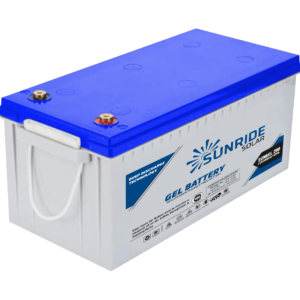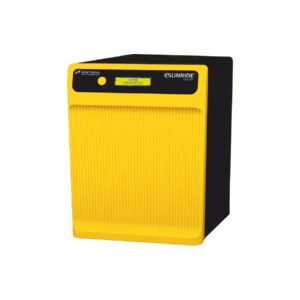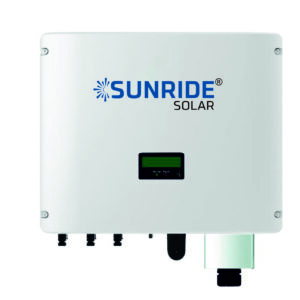All lead-acid batteries release hydrogen from the negative plate and oxygen from the positive plate during charging. Gel VRLA batteries have one-way, pressure-relief valves. Without the ability to retain pressure within the cells, hydrogen and oxygen would be lost to the atmosphere, eventually drying out the electrolyte and separators.
Voltage is electrical pressure (energy per unit of charge). Charge (ampere-hours) is a quantity of electricity. Current (amperes) is electrical flow (charging speed). A battery can only store a certain quantity of electricity. The closer it gets to being fully charged, the slower it must be charged.
Temperature also affects charging. If the right voltage is used for the temperature, a battery will accept charge at its ideal rate. If too much voltage is used, charge will be forced through the battery faster than it can be stored.
Advantages
• Maintenance free
• Moderate life on float service
• High rate capability
• High charge efficiency






Reviews
There are no reviews yet.